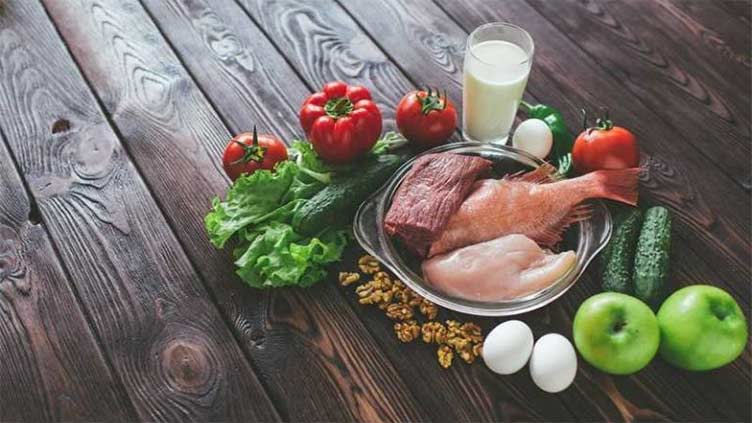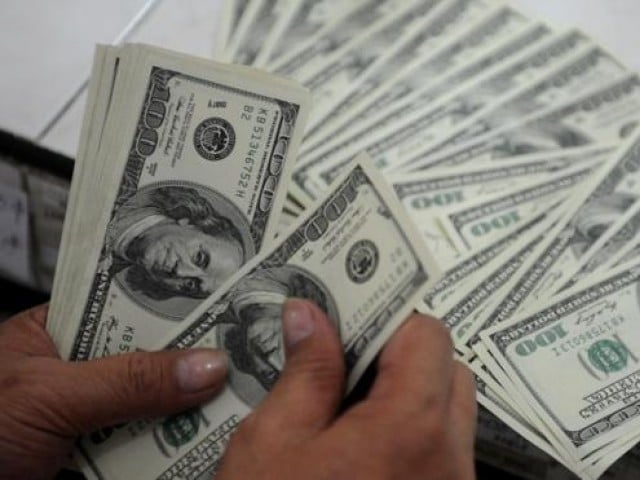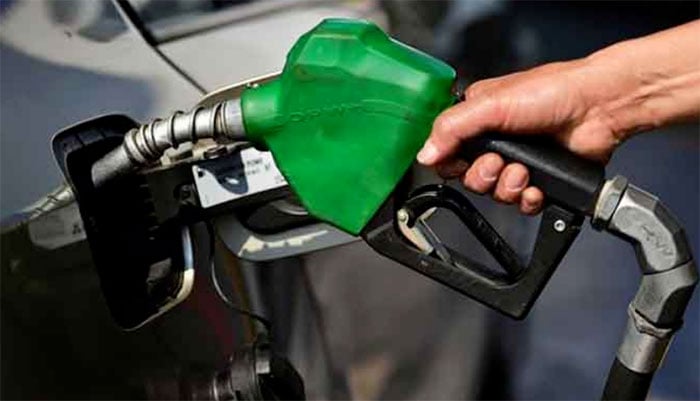A cutting diet involves calculating your calorie, protein, fat, and carb needs to reduce body fat and maintain muscle mass. It should be paired with weightlifting and is usually followed before an athletic event or competition. Cutting is an increasingly popular workout technique.It’s a fat-loss phase that bodybuilders and fitness enthusiasts use to get as lean as possible. Typically started a few months before, a significant workout regimen involves a weight loss diet meant to maintain as much muscle as possible. The number of calories you should eat daily to lose weight depends on your weight, height, lifestyle, sex, and exercise levels.
You can estimate the number of calories you need to consume daily to maintain your weight using an online calorie calculator. To lose 1 pound (lb), or 0.45 kilograms (kg), per week, subtract 500 calories from this number. Alternatively, depending on your goals, a registered dietitian can help determine how many calories you should consume per day. A slow, even rate of weight loss — such as 1 lb (0.45 kg) or 0.5%–1% of your body weight per week — is best for a cutting diet.
While reducing fat intake on a cutting diet is common, not eating enough can affect the production of hormones like testosterone and IGF-1, which help preserve muscle mass. For example, studies demonstrate that reducing fat intake lowers testosterone levels by a modest but significant amount. However, some older evidence suggests that a drop in testosterone levels does not always lead to muscle loss — as long as you eat enough protein and carbs. Experts suggest that, on this diet, 20%–30% of your calories should come from fat. One gram of fat contains nine calories, so anyone on a 2,000-calorie regimen should eat 44–67 g of fat per day on a cutting diet. The lower end of that fat range may be best if you do intense exercise because it allows for a higher carb intake.
Carbs are vital in preserving muscle mass while on a cutting diet. Because your body prefers to use carbs for energy instead of protein, eating enough carbs may combat muscle loss. Additionally, carbs can help fuel your performance during workouts. On a cutting diet, carbs should comprise the remaining calories after subtracting protein and fat, or around 0.9–2.2 g/lb (2–5 g/kg) of body weight.
Protein and carbs provide four calories per g, while fat stands at nine calories per g. After subtracting your protein and fat needs from your total calorie intake, divide the remaining number by 4, which should tell you how many carbs you can eat per day. For example, a 155-lb (70-kg) person on a 2,000-calorie cutting diet may eat 150 g of protein and 60 g of fat. Carbs can take up the remaining 860 calories (215 g). If you’re hungry frequently, some older studies suggest that a high calorie breakfast may keep you fuller later in the day.

















































